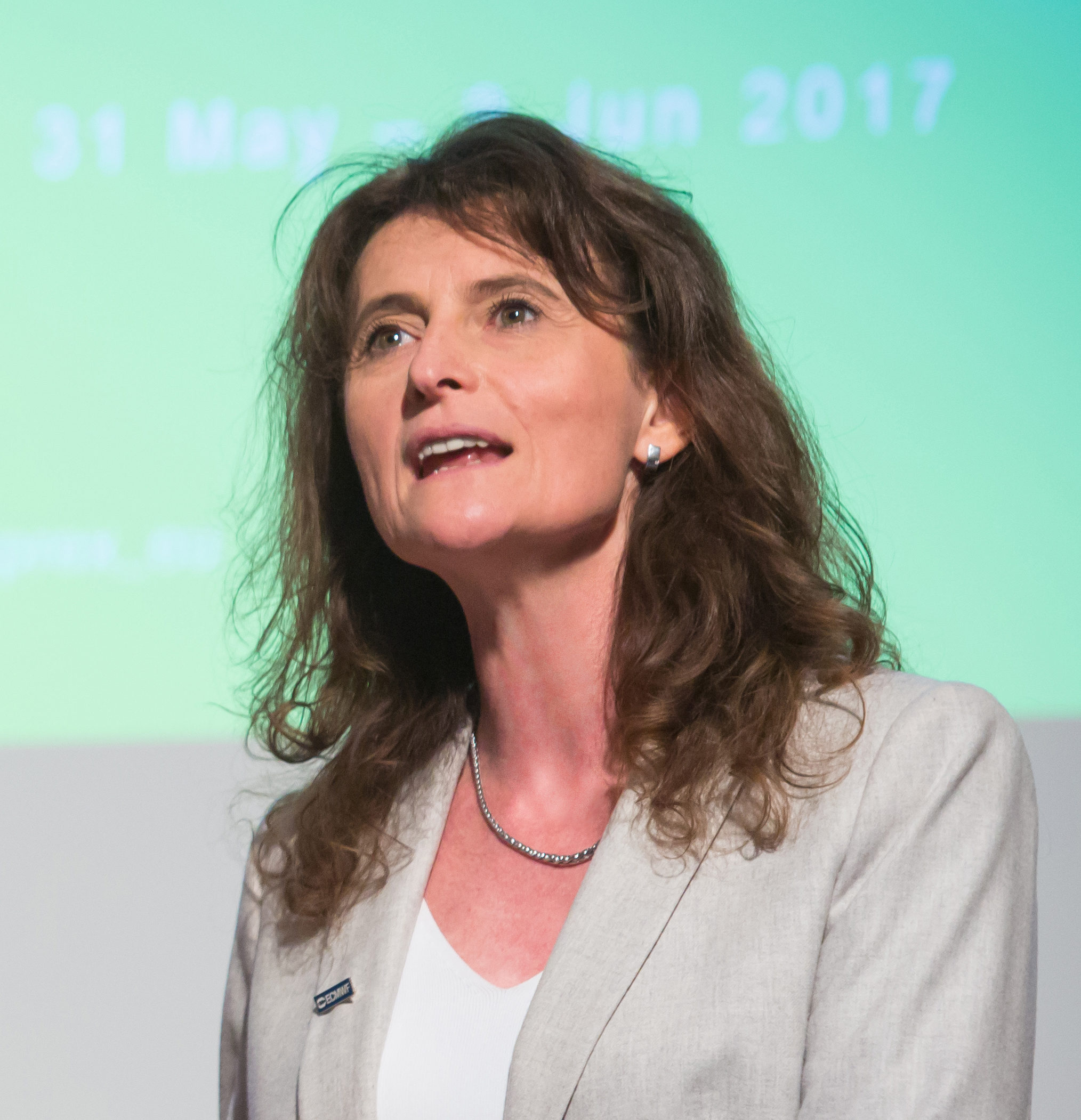 As I write this editorial, the UK and much of Europe is going into a further lockdown because of COVID-19. The weather and climate community has adjusted to the situation quickly and efficiently. At ECMWF, all our workshops, training courses and seminars are being held virtually. This decision is based on the need to continue to collaborate closely with our partners. For example, more than 300 researchers from across the world joined the ECMWF Annual Seminar 2020. Held in September, it presented the state of the art in computational methods for solving the equations that govern atmospheric, wave, ocean and sea-ice dynamics. Other recent online events include the first ECMWF–ESA (European Space Agency) workshop on machine learning for Earth system observation and prediction and the ECMWF–EUMETSAT meeting on the treatment of random and systematic errors in satellite data assimilation for numerical weather prediction.
As I write this editorial, the UK and much of Europe is going into a further lockdown because of COVID-19. The weather and climate community has adjusted to the situation quickly and efficiently. At ECMWF, all our workshops, training courses and seminars are being held virtually. This decision is based on the need to continue to collaborate closely with our partners. For example, more than 300 researchers from across the world joined the ECMWF Annual Seminar 2020. Held in September, it presented the state of the art in computational methods for solving the equations that govern atmospheric, wave, ocean and sea-ice dynamics. Other recent online events include the first ECMWF–ESA (European Space Agency) workshop on machine learning for Earth system observation and prediction and the ECMWF–EUMETSAT meeting on the treatment of random and systematic errors in satellite data assimilation for numerical weather prediction.
Another strand of work that has continued apace is building our new data centre in Bologna, Italy. The renovation work of the existing factory building is now nearly complete, and the new supercomputer can soon be moved in. Watch this editorial for further updates on progress.
What has been keeping us busy in Reading, UK, is documented in this Newsletter. An article of particular interest is the one about weather regimes in extended predictions for Europe. It discusses a few different regime definitions for the Euro-Atlantic region and shows examples of useful visualisations. An article on the Extreme Forecast Index for water vapour flux examines the usefulness of this new product for mid-latitude storms and provides guidance on its use. The World Meteorological Organization’s Year of Polar Prediction (YOPP) has found a warm bias in temperature predictions, including in ECMWF forecasts. And we found that the prediction of Hurricane Laura, which hit Louisiana in the United States as a category 4 hurricane, could have been better if we had used a finer ensemble forecast grid spacing.
Other articles examine progress towards making ECMWF forecasts available on new cloud technology and the use of the European Commission’s Copernicus Atmosphere Monitoring Service (CAMS), run by ECMWF, to help study air pollution links to COVID-19. The latter article takes us back to the effects of the pandemic on Europe and the globe. It shows that there is an upside: a substantial decrease of certain air pollutants in many areas as lockdown effects are introduced.
The effects of the pandemic for the weather and climate community are thus felt in multiple ways. They include not just a break on person-to-person exchanges and a reduction in the availability of some types of Earth system observations, but also a reduction in air pollution because of local lockdowns. We are not only adapting to the situation through our work practices and use of data but are also examining the consequences of the pandemic together with the scientific community.
Florence Rabier
Director-General
